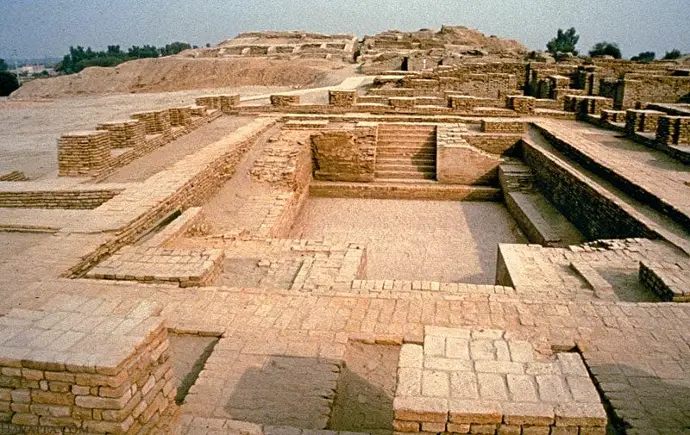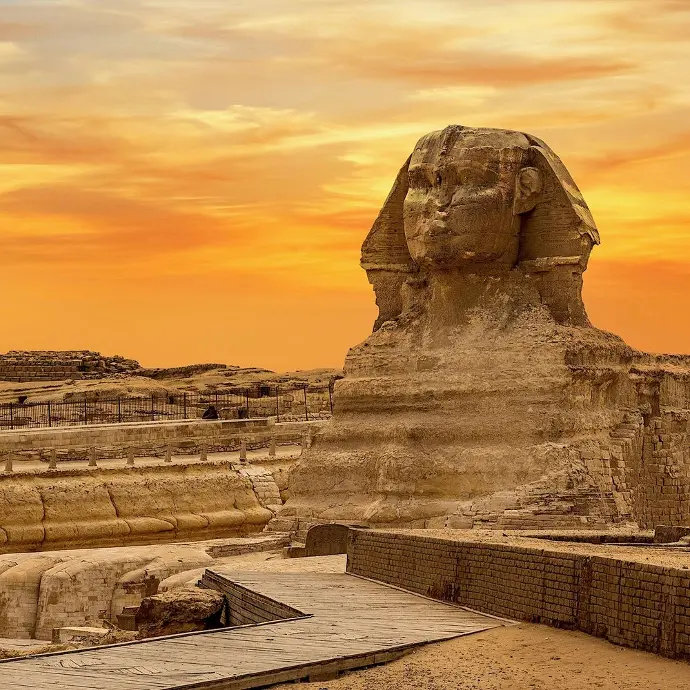We are Historia.
A place where knowledge meets curiosity.
At Historia, we share insightful blog posts on education, history, life lessons, and ideas that inspire and empower.
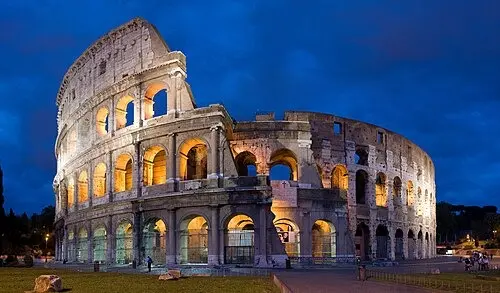
Colosseum
we explore the stories behind the world’s most iconic creations — like the Colosseum.
We believe history is more than the past — it’s inspiration, art, and legacy that still shapes us today.
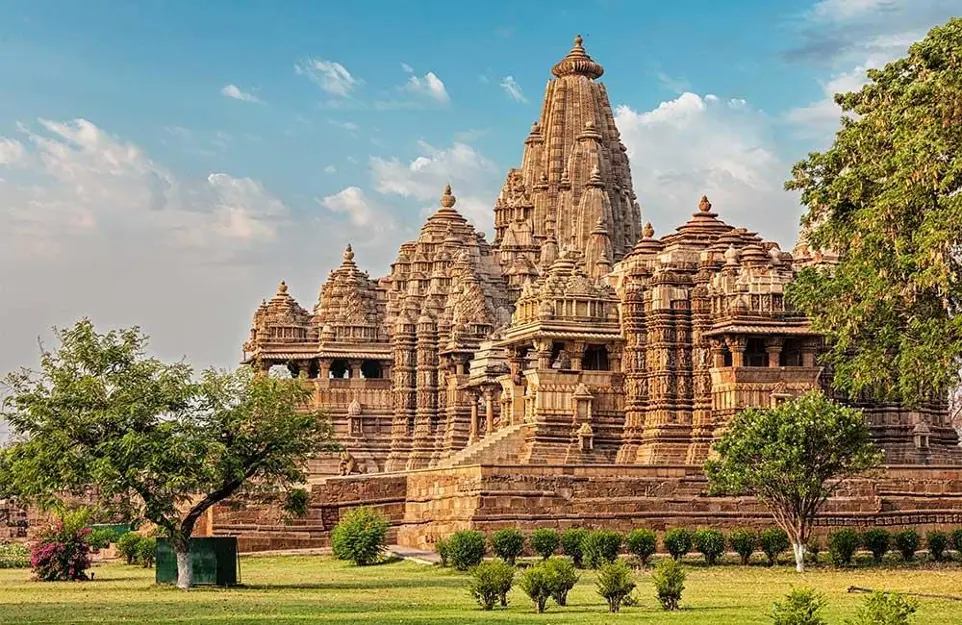
Khajuraho temples
the famous temples of Khajuraho, a UNESCO World Heritage Site located in Madhya Pradesh, India. The temples of Khajuraho are renowned for their stunning architecture and intricate stone carvings, representing a pinnacle of North Indian Nagara-style Hindu temple architecture

Kailasa Temple
the Kailasa Temple at Ellora Caves, Maharashtra, India. The temple is carved from a single rock and is famous for its grand pillars, detailed carvings, and stone elephant sculpture. It is a UNESCO World Heritage Site and a masterpiece of ancient Indian rock-cut architecture
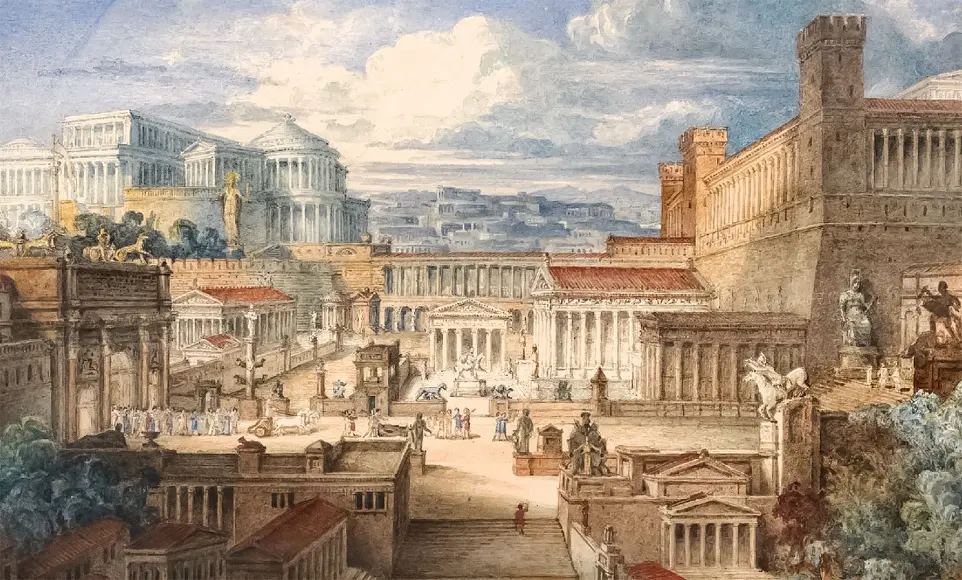


Rise of the Roman Empire
The rise of the Roman Empire began with the legendary founding of Rome in 753 BCE by Romulus. Initially a small city-state, Rome grew through a combination of military conquest, strategic alliances, and political innovation. The monarchy was overthrown in 509 BCE, leading to the establishment of the Roman Republic, which expanded its territory across the Italian peninsula and then throughout the Mediterranean
OUR MISSION
Our mission is rooted in a deep respect for the past and a passion for storytelling. What began as a small blog has grown into a platform committed to uncovering forgotten histories, sharing untold stories, and making the richness of our collective past accessible to everyone
Our featured articles
Some of the latest articles we are proud to share
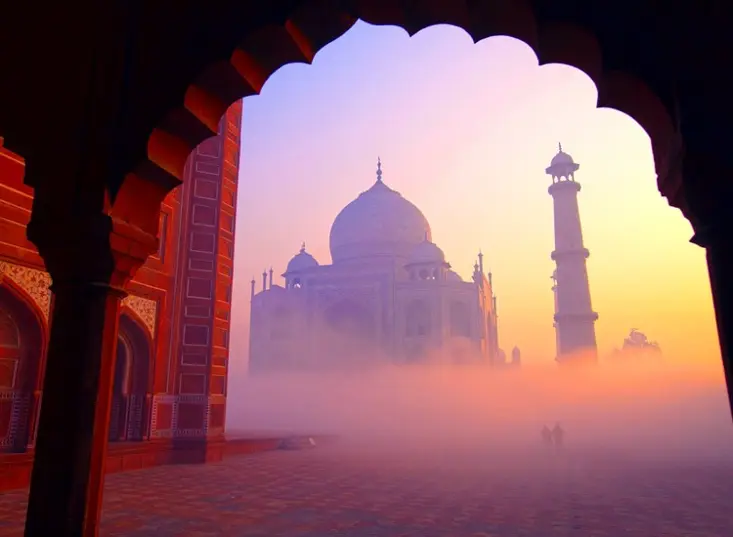
"This blog is my creative corner, where I share stories, ideas, and discoveries from everyday life. Whether it’s a new experience, a helpful tip, or a random thought, I hope you find something here that inspires or entertains you."
Loved by readers and fellow bloggers





50+
Satisfied learners
40h
Average response time
4.5
Reader Rating
Curious about our blog topics?
Let's explore how we can enhance your learning journey

